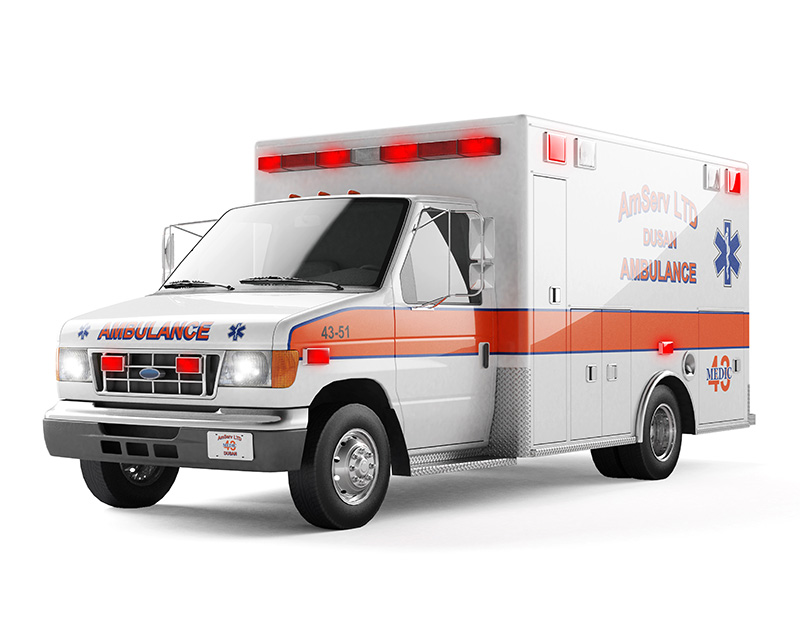Copyright © 2025 The Sequoia Project. All rights reserved.
The Patient Unified Lookup System for Emergencies (PULSE) is a nationwide health IT disaster response platform that can be deployed at the city, county, or state level to authenticate disaster healthcare volunteer providers. PULSE allows disaster workers to query and view patient documents from all connected healthcare organizations.
PULSE Community is now supported by ONC. The PULSE Advisory Council is now the Emergency Preparedness Information Workgroup.
The PULSE Advisory Council is now the Emergency Preparedness Information Workgroup. Learn more here.
In late 2014, ONC and ASPR received a joint HHS Ventures award, through HHS’ innovative IDEA Lab, to lay the foundation for PULSE. The award provided for a PULSE program in California through the development of a detailed use case, technical architecture, and an evaluation of policy considerations.
Ultimately, PULSE can be made available in any geographic area to support healthcare professionals and first responders caring for displaced individuals, or volunteer healthcare workers who are deployed to a disaster area outside of their normal health IT environment.

Copyright © 2025 The Sequoia Project. All rights reserved.